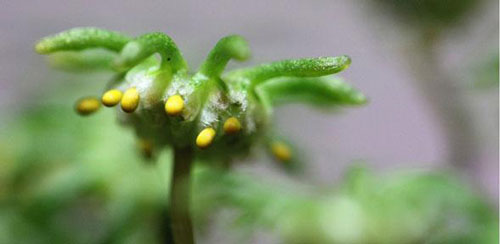 A movement is under way that will fast-forward the design of new plant traits. It takes inspiration from engineering and the software industry, and is being underpinned in Cambridge and Norwich by an initiative called OpenPlant.
A movement is under way that will fast-forward the design of new plant traits. It takes inspiration from engineering and the software industry, and is being underpinned in Cambridge and Norwich by an initiative called OpenPlant.
Jun 20th, 2014
Read more
Researchers have developed a technique to control populations of the Australian sheep blowfly - a major livestock pest in Australia and New Zealand - by making female flies dependent upon a common antibiotic to survive.
Jun 19th, 2014
Read more
A collaboration between the National Science Foundation (NSF) and the National Institutes of Health will give NIH-funded researchers training to help them evaluate their scientific discoveries for commercial potential, with the aim of accelerating biomedical innovations into applied health technologies.
Jun 18th, 2014
Read more
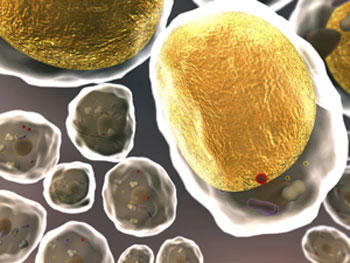 Stem cells derived from different types of fat express different cell-surface markers.
Stem cells derived from different types of fat express different cell-surface markers.
Jun 18th, 2014
Read more
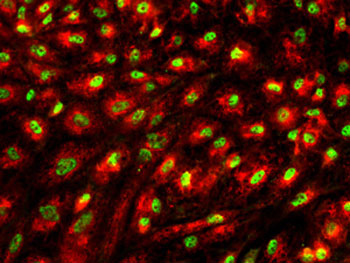 A new strategy minimizes the cellular contaminants that usually plague the differentiation of pluripotent stem cells.
A new strategy minimizes the cellular contaminants that usually plague the differentiation of pluripotent stem cells.
Jun 18th, 2014
Read more
Researchers identify a muscle-building mechanism that could be important in addressing sarcopenia.
Jun 17th, 2014
Read more
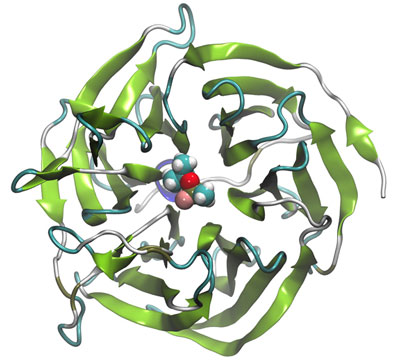 Scientists are a step closer to creating a prophylactic drug that would neutralize the deadly effects of the chemical weapons used in Syria and elsewhere.
Scientists are a step closer to creating a prophylactic drug that would neutralize the deadly effects of the chemical weapons used in Syria and elsewhere.
Jun 16th, 2014
Read more
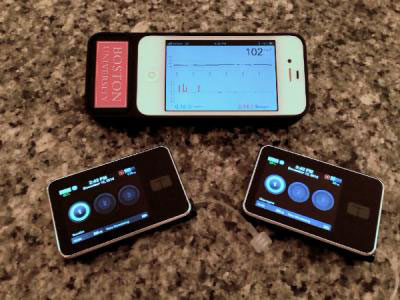 The latest version of a bionic pancreas device has been successfully tested in two five-day clinical trials - one in adults, the other in adolescents - that imposed minimal restrictions on patient activities.
The latest version of a bionic pancreas device has been successfully tested in two five-day clinical trials - one in adults, the other in adolescents - that imposed minimal restrictions on patient activities.
Jun 16th, 2014
Read more
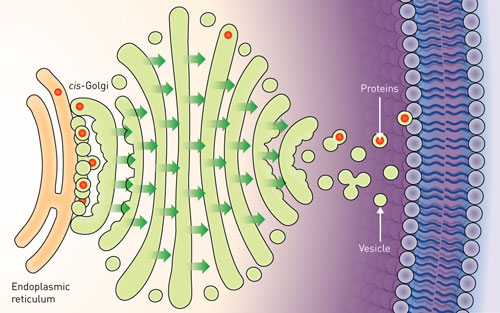 The first direct observation of a key molecular transport mechanism in cells challenges previous models of the process.
The first direct observation of a key molecular transport mechanism in cells challenges previous models of the process.
Jun 13th, 2014
Read more
Scientists have identified an important trigger that dictates how cells change their identity and gain specialized functions.
Jun 12th, 2014
Read more
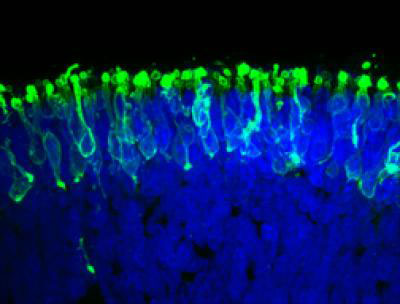 Using a type of human stem cell, researchers say they have created a three-dimensional complement of human retinal tissue in the laboratory, which notably includes functioning photoreceptor cells capable of responding to light, the first step in the process of converting it into visual images.
Using a type of human stem cell, researchers say they have created a three-dimensional complement of human retinal tissue in the laboratory, which notably includes functioning photoreceptor cells capable of responding to light, the first step in the process of converting it into visual images.
Jun 12th, 2014
Read more
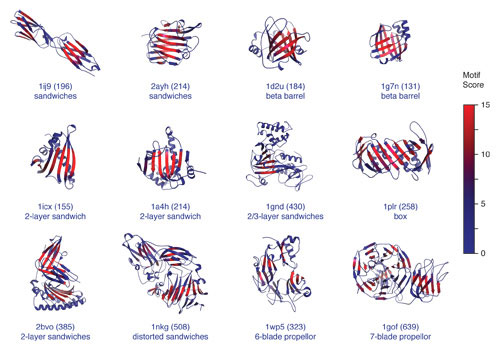 A new study reveals the existence of information highways that connect and correlate distant sites within a single protein.
A new study reveals the existence of information highways that connect and correlate distant sites within a single protein.
Jun 12th, 2014
Read more
A new study investigates the role of cells' alignment in shaping biological tissue.
Jun 11th, 2014
Read more
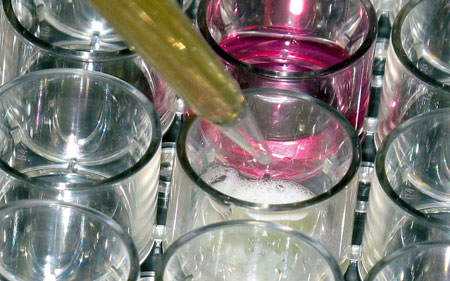 Scientists have developed a bone substitute with integrated protection against infection.
Scientists have developed a bone substitute with integrated protection against infection.
Jun 11th, 2014
Read more
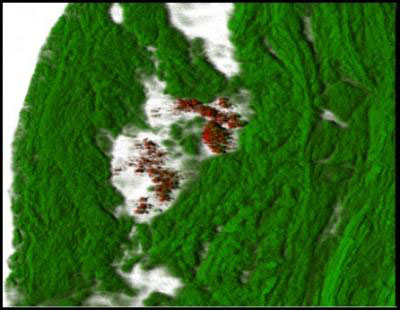 Scientists believe they have an explanation for the axiom that stress, emotional shock, or overexertion may trigger heart attacks in vulnerable people. Hormones released during these events appear to cause bacterial biofilms on arterial walls to disperse, allowing plaque deposits to rupture into the bloodstream.
Scientists believe they have an explanation for the axiom that stress, emotional shock, or overexertion may trigger heart attacks in vulnerable people. Hormones released during these events appear to cause bacterial biofilms on arterial walls to disperse, allowing plaque deposits to rupture into the bloodstream.
Jun 10th, 2014
Read more
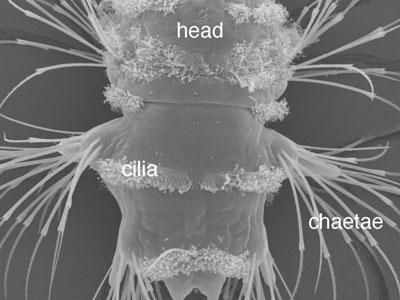 Scientists are studying the visual system of marine annelids to gain insights into the evolution of eyes.
Scientists are studying the visual system of marine annelids to gain insights into the evolution of eyes.
Jun 10th, 2014
Read more
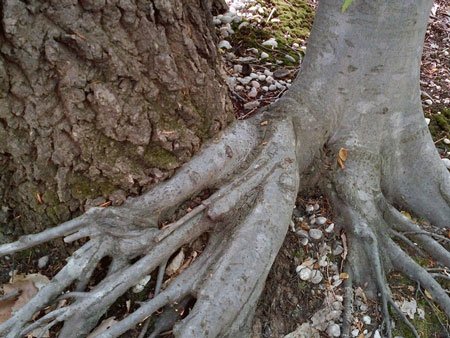 Plants can transfer their entire genetic material to a partner in an asexual manner.
Plants can transfer their entire genetic material to a partner in an asexual manner.
Jun 10th, 2014
Read more
Scientists explain how RNA molecules found in certain viruses mimic the shape of other molecules as part of a strategy to 'hijack' the cell and make more viruses.
Jun 9th, 2014
Read more
 A movement is under way that will fast-forward the design of new plant traits. It takes inspiration from engineering and the software industry, and is being underpinned in Cambridge and Norwich by an initiative called OpenPlant.
A movement is under way that will fast-forward the design of new plant traits. It takes inspiration from engineering and the software industry, and is being underpinned in Cambridge and Norwich by an initiative called OpenPlant.
 Subscribe to our Biotechnology News feed
Subscribe to our Biotechnology News feed









